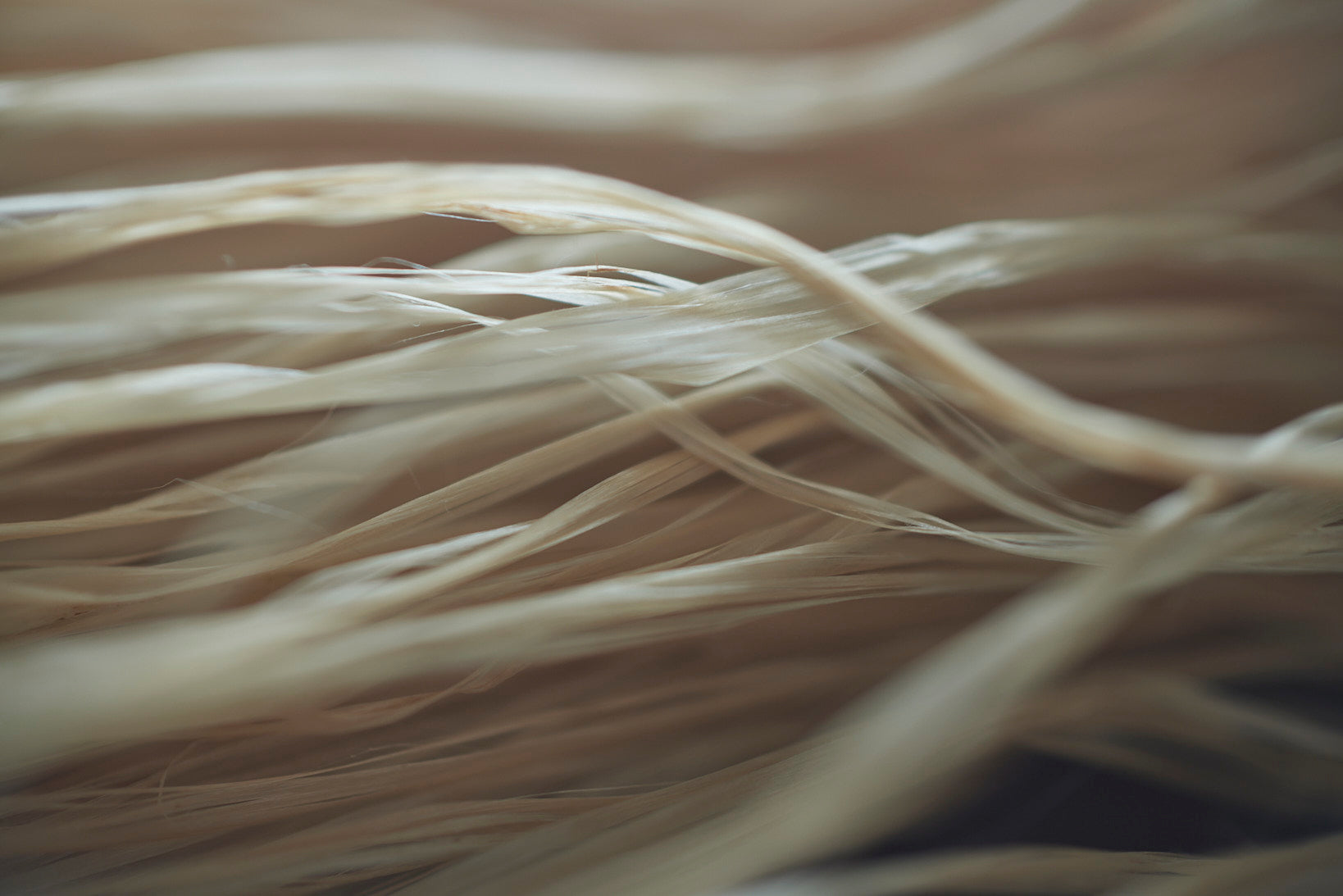-

Both linen and hemp are known as plant fibers that have been with us for the longest time. Linen is made from flax, and hemp is made from Cannabis Sativa, and both are made by peeling the fibers from their respective plants and spinning them into yarn.
| Material | Flax (Flax) |
Cannabis Sativa (Hemp) |
|---|---|---|
| Cultivation Period | March – July | March – July (varies by region) |
| Main Production Areas | Europe, mainly northern France | China, Europe, other regions worldwide |
| Scalability | Limited | Expandable |
| Cultivation Conditions | ||
| Water Resources | Rainwater only | Rainwater only |
| Pesticides | Minimal amount | Not used |
| Characteristics | ||
| Appearance | 1.0–1.2 meters when mature | Over 2.0 meters |
| During Cultivation | Flowers bloom in the morning and fall by noon | Grows quickly |
| Texture | Very soft | Firm with strong structure |
-

Hemp cultivation area in the EU
A material that is gaining attention worldwide
The world is now promoting "sustainable development," and is raising awareness not only of the pursuit of economic rationality, but also of the environment that takes into consideration all life on Earth. Among the various issues and approaches to solving them, "linen and hemp" are currently attracting the most attention as fibers that are born from plants, are durable, can be used for a long time, and eventually return to the soil. Hemp in particular has a very short growing period, is resistant to pests, and does not require pesticides or chemical fertilizers. In recent years, it has been attracting attention for its contribution to the climate crisis and environmental burden through its "CO2 absorption (13.5 tons/ha)" and "low burden on water resources" during cultivation. In addition, hemp cultivation in particular is expected to have the effect of soil restoration through cultivation called "phytoremediation."
Linen and Hemp Properties
Both are "porous" fibers (structures with many pores (small holes)). Therefore, they have moisture-regulating properties, making them excellent for "quick-drying," "moisturizing," and "insulating." They are also recognized for their antibacterial, antifungal, and deodorizing properties. Hemp is also known for its high UV protection. It is cultivated "pesticide-free (low-pesticide)" and grows with rainwater, so it does not require many water resources, and absorbs a lot of CO2 during the growing season (13.5 tons/ha), making it a fiber material with the lowest environmental impact.




